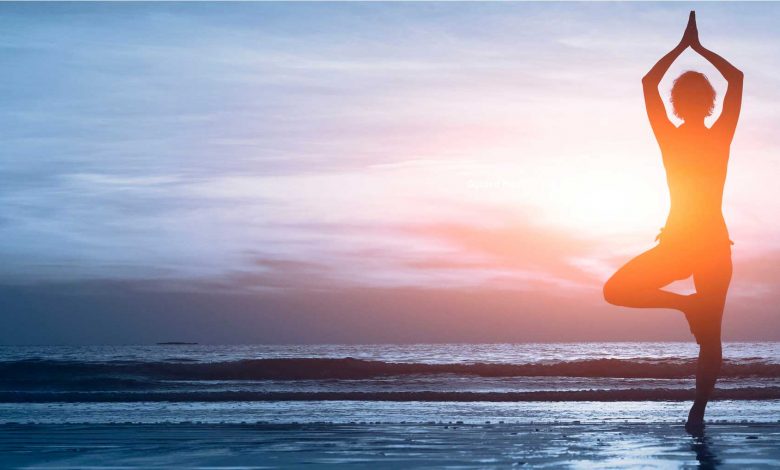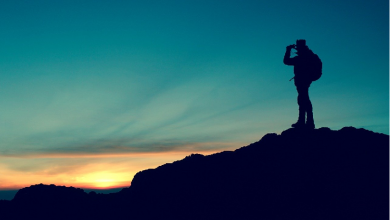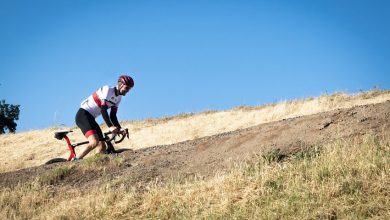How to quiet the mind?

Did you know that Yoga can teach you to regulate your breathing and this is the first step in discovering how to influence other body’s essential functions that operate involuntarily? In this article, we explore how our nervous system works, the origins of anxiety, and how breathing techniques help you control it.
How to quiet the mind?
Anxiety is a disease that affects many more people than you think. It is a disorder that occurs more frequently in the Western world and can affect one in ten people. The world health organization reports that between 1990 and 2013, the number of people with depression or anxiety increased by about 50%, from 416 million to 615 million. This means an increase of 200 million in 23 years.
To understand anxiety, we need to know a little about how our nervous system works. In the same way that we have a Circulatory System, we have a Nervous System. It is like the electrical wiring inside our body.
The Nervous System is one of the most important systems in the body. It has multiple functions based on receiving and processing information from both the environment and the interior of the body to regulate the functioning of other organs and systems. This can be done either by direct action or by supporting the endocrine system, which regulates the secretion of different hormones.
In turn, a division is established between the Voluntary Nervous System and the Autonomous Nervous System. Within the Autonomous System is the Sympathetic Nervous System.
When we have anxiety, the Sympathetic Nervous System is activated. In the brain, we have a kind of threat detector. Before any perception of danger, this system is activated that prepares our body to face it. It is a survival mechanism, which allows us to flee, freeze or attack if we find ourselves in a situation of real danger. For our ancestors, all these symptoms were activated when seeing a predator, for example. Now, a call from your boss can also trigger the same symptoms.
When does anxiety occur?
What happens in our body if there is no real danger, but we begin to worry or anticipate negatively about certain events in the future? What can I do to change it?
In this case, although there is no real danger and our body does not need to flee from anything or attack anyone, the brain also interprets that there is danger and activates the physiological mechanism that we have for dangerous situations. Like when there is a real danger, our body begins to work faster than normal: the heart beats faster, we breathe faster, the muscles tense, you already have an idea of everything that happens in our body.
But since we do not have to run away from anything, we can simply be on the sofa in our house or doing the tasks of daily life. Without even realizing it, only with our worries we activate the alarm system in our body unnecessarily. All that unnecessary excess tension is what translates into our body as anxiety.
We all need a little stress for survival: it helps with memory, alertness, and caution. But if it repeatedly occurs in life situations that are not alert or flee, these symptoms already become an anxiety disorder.
Hormonal reactions
In a stressful situation, our body produces a hormone called Cortisol that unleashes everything described above.
As a counterpoint to Cortisol, there is another hormone called Oxytocin, which is produced in pleasant and very diverse situations, such as a massage, a conversation with a friend, sexual relations, a hobby that produces pleasure, when we laugh, or when we do Yoga.
Oxytocin relaxes us and increases our self-esteem and helps us connect with the people around us. It helps us reduce our levels of stress and anxiety. Being relaxed in a group and laughing relaxes the muscles, and we are more open to interacting with others.
Yoga to control anxiety
In the ancient foundational texts of Yoga says that Yoga is the cessation of the fluctuations of the mind. The key to quieting the mind is breathing, which in turn is one of the most powerful tools in Yoga. The techniques for conducting or controlling the breath are called Pranayama. Through these exercises, we can bring the mind and body to states of calm and tranquility.
Anxiety with fear is one of them is reflection. When we feel anxiety, we cannot make any constructive decisions. These are the times when we can apply yoga breathing techniques.
All humans can temporarily cancel the autonomous function of respiration. In this way, we can speed it up, slow it down or retain it. Through Pranayama, which is part of the practice of Hatha Yoga, it is possible to use the breath to influence the physical and mental state in moments of anxiety or panic attacks. These breathing exercises are practiced during yoga classes to later perform them in daily life before an event that can produce anxiety, nerves, terror, fear, restlessness, despair or panic.
The power of the mind
On the other hand, some studies show that if you believe that you can change your health situation, there is a greater chance of being healed. By giving up and believing that nothing can be done, there is a greater casuistry of illness or mortality.
This corresponds to the Buddhist thought “You Believe What You Believe.” It is important to know that we can change our thoughts for better health and have the tools to do so.
Both the physical exercises (Yoga, taichi, walking, dancing) and the pranayama exercises taught in Yoga lead us to a state of pleasure, tranquility and well-being. This shows us that anxiety is not an indomitable monster but that we can make friends to accompany us in the necessary moments and do not overwhelm us in unnecessary moments.




